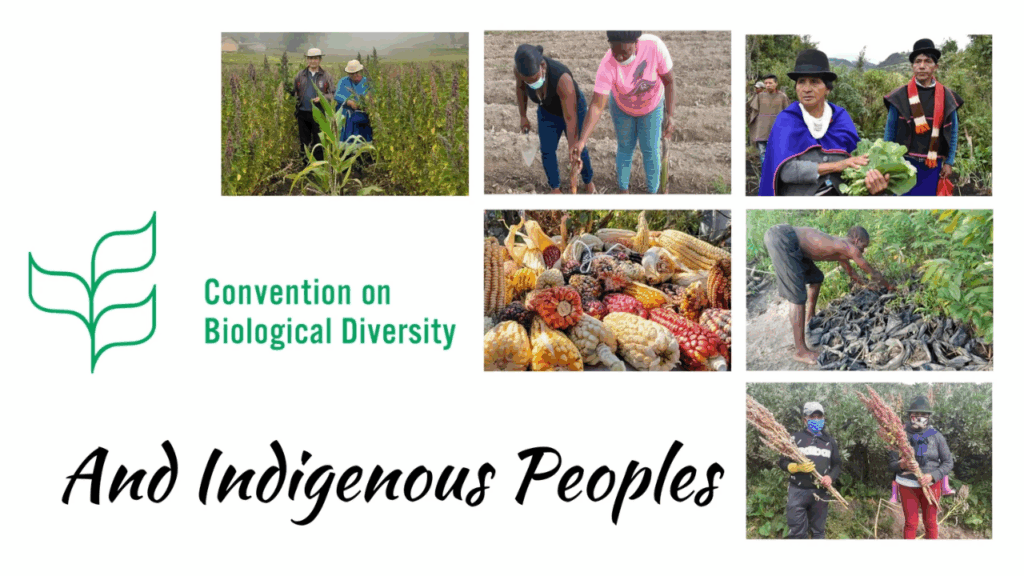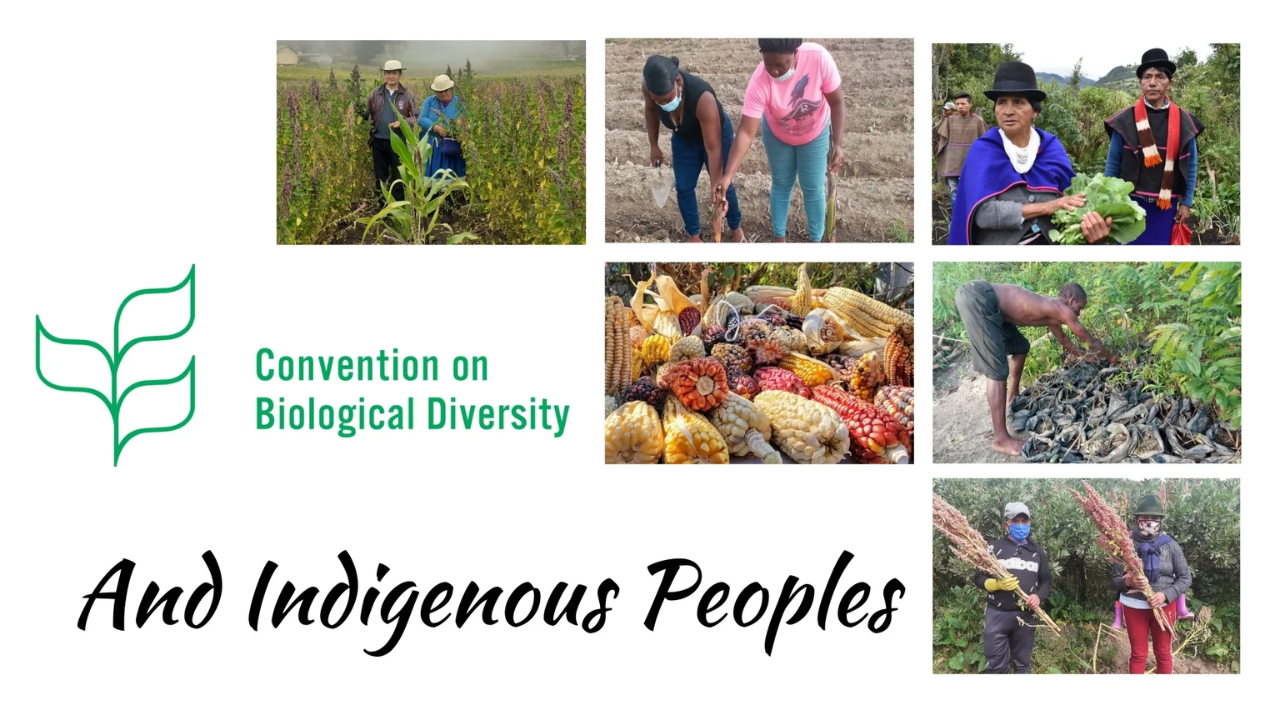
Indigenous communities have lived in close harmony with nature for centuries, developing unique ways of managing ecosystems that ensure balance between human needs and the environment. Their knowledge systems, cultural traditions, and spiritual practices make them custodians of biodiversity, often safeguarding forests, wildlife, water sources, and medicinal plants far more effectively than modern systems. Recognizing and empowering these communities is essential for sustainable conservation.
Importance of Indigenous Knowledge in Conservation
Indigenous communities contribute to biodiversity conservation in multiple ways:
- Traditional Ecological Knowledge (TEK) – Centuries of observation have provided them with insights into species behavior, seasonal cycles, and ecosystem dynamics.
- Sustainable Use of Resources – Hunting, fishing, farming, and gathering practices are guided by cultural taboos and restrictions that prevent over-exploitation.
- Sacred Landscapes – Forests, rivers, and groves hold religious significance, ensuring protection from destruction.
- Community Governance – Collective decision-making systems regulate land use and resource sharing.
Role of Indigenous Communities in Different Ecosystems
- Forests – Tribes such as the Gond and Baiga in Central India conserve sal and teak forests through rotational harvesting and sacred groves.
- Agriculture – Communities preserve traditional seed varieties, ensuring agro-biodiversity and resilience against climate change.
- Wetlands and Rivers – Fishing communities follow seasonal bans and sustainable practices to protect aquatic life.
- Mountains – Himalayan tribes safeguard medicinal plants and alpine biodiversity through customary laws.
- Coastal Regions – Indigenous fishers maintain marine biodiversity with traditional navigation and seasonal fishing patterns.
Challenges Faced by Indigenous Communities
Despite their role as biodiversity protectors, indigenous groups face numerous challenges:
- Loss of Land and Displacement – Development projects, mining, and deforestation displace indigenous communities.
- Erosion of Traditional Knowledge – Younger generations often migrate, leading to a decline in cultural practices.
- Legal Conflicts – Lack of recognition of community rights creates friction between conservation laws and local livelihoods.
- Market Pressures – Commercialization of resources threatens traditional sustainability practices.
- Climate Change – Alters the ecosystems on which their survival and culture depend.
Legal and Policy Recognition
Several laws and policies in India and at the international level acknowledge the role of indigenous communities:
- Biological Diversity Act, 2002 – Recognizes community rights through Biodiversity Management Committees and Community Biodiversity Registers.
- Forest Rights Act, 2006 (India) – Provides land and resource rights to forest-dwelling communities.
- Convention on Biological Diversity (1992) – Highlights the importance of indigenous knowledge for conservation.
- Nagoya Protocol (2010) – Ensures fair and equitable benefit-sharing of resources with local communities.
- UN Declaration on the Rights of Indigenous Peoples (2007) – Affirms cultural and environmental rights.
Case Studies
- Niyamgiri Hills, Odisha – The Dongria Kondh tribe successfully opposed bauxite mining, protecting both their sacred lands and biodiversity.
- Sacred Groves of Meghalaya – Khasi and Garo tribes preserve patches of forests due to spiritual beliefs, ensuring survival of rare species.
- Seed Conservation in Rajasthan – The Bishnoi and farming communities safeguard indigenous crop varieties, promoting food security.
Table: Indigenous Role in Biodiversity Conservation
| Ecosystem | Indigenous Contribution | Conservation Outcome |
|---|---|---|
| Forests | Sacred groves, rotational use | Protection of rare flora & fauna |
| Agriculture | Traditional seed saving | Agro-biodiversity and food security |
| Rivers & Wetlands | Seasonal fishing bans | Sustainable aquatic biodiversity |
| Mountains | Medicinal plant conservation | Preservation of alpine species |
| Coastal Areas | Seasonal fishing & navigation | Marine ecosystem balance |
Overview Table
| Aspect | Key Details |
|---|---|
| Role of Indigenous Knowledge | Sustainable use, sacred traditions, governance |
| Major Ecosystems Impacted | Forests, rivers, agriculture, mountains, coasts |
| Challenges Faced | Displacement, climate change, erosion of knowledge |
| Legal Recognition | Biodiversity Act 2002, Forest Rights Act 2006, CBD, Nagoya Protocol |
| Case Studies | Niyamgiri Hills, Meghalaya groves, Bishnoi seed conservation |
Conclusion
Indigenous communities embody a living partnership between humans and nature, demonstrating that conservation is most effective when rooted in cultural traditions and local wisdom. Their role is not just ecological but also social and spiritual, ensuring that biodiversity remains an integral part of human survival. However, their contributions must be supported through legal recognition, participatory governance, and equitable benefit-sharing. Without empowering indigenous voices, biodiversity conservation efforts will remain incomplete.
FAQs
Q1. Why are indigenous communities important for biodiversity conservation?
They protect ecosystems through traditional knowledge, sustainable practices, and cultural values.
Q2. What laws support indigenous rights in India?
The Forest Rights Act (2006) and Biological Diversity Act (2002) are key legal frameworks.
Q3. Can indigenous practices help fight climate change?
Yes, their low-impact lifestyles and ecosystem management strengthen climate resilience.

